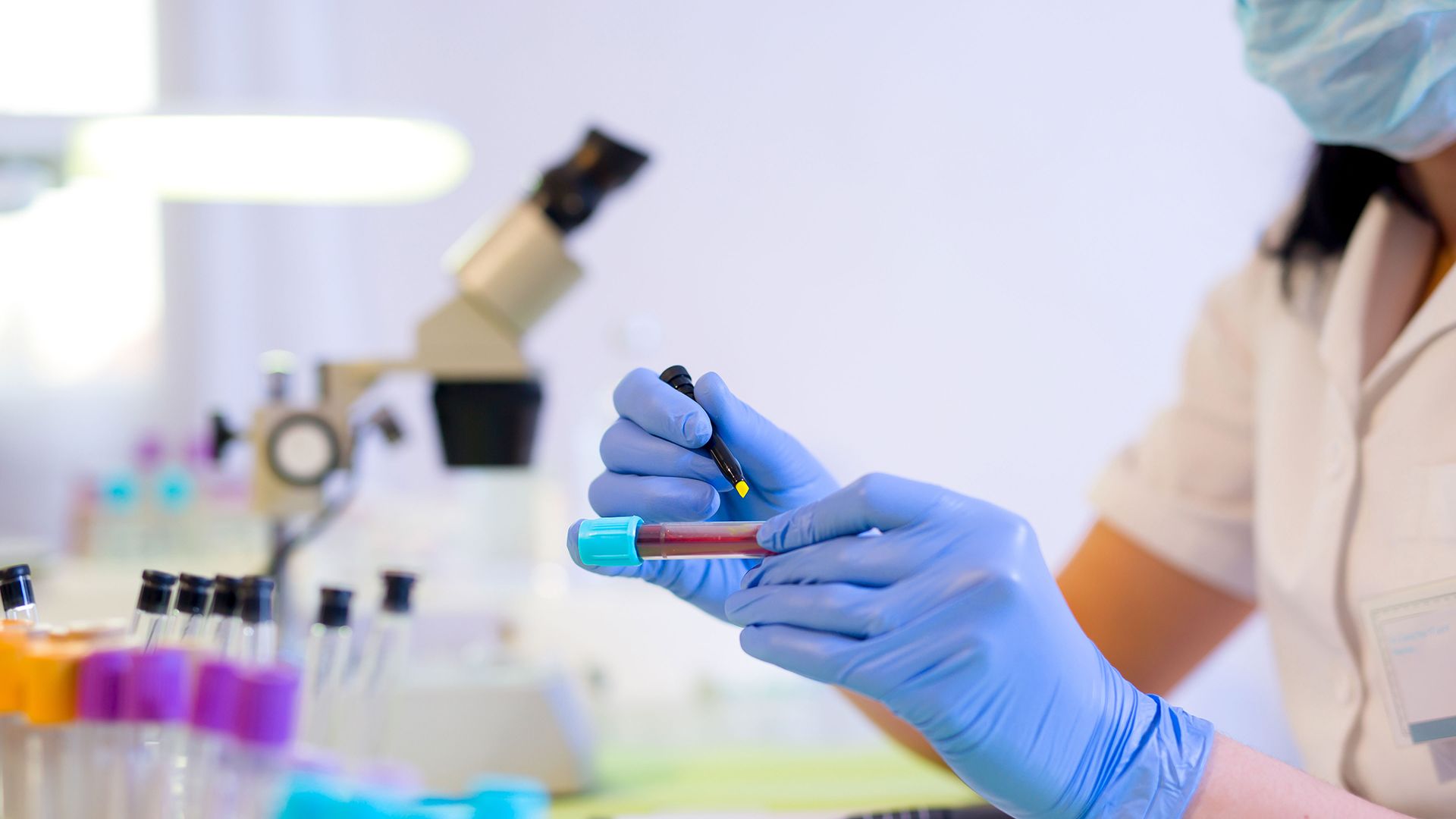Updated on October 11, 2024
Non-Hodgkin lymphoma (NHL) is a type of lymphoma, a cancer that develops in the body’s lymphatic system. NHL originates in white blood cells called lymphocytes. Here are some key facts to know about this disease.
Fact #1
The human body contains three types of lymphocytes. There are B lymphocytes (or B cells), which produce antibodies in order to fight germs, and T lymphocytes (or T cells), which attack bacteria or abnormal cells in the system. There are also lymphocytes called NK cells, or natural killer cells. NHL can develop in either T or B cells, but B cell lymphomas are more common in the United States
Fact #2
There are at least 70 different subtypes of NHL. These fall into two broad categories. One is indolent non-Hodgkin lymphomas, which grow and spread slowly and present few symptoms. The other category is aggressive non-Hodgkin lymphomas. These grow quickly, spread quickly, and may cause severe symptoms.
Fact #3
NHL accounts for an estimated 4 percent of all cancers diagnosed in the U.S., making it one of the most common forms of cancer.
Fact #4
People of all ages are diagnosed with NHL, but half of cases are in those over the age of 65.
Fact #5
Because lymphatic tissue is found throughout the body, NHL can begin in many different areas, including the lymph nodes, bone marrow, thymus, spleen, digestive tract, throat, and more.
Fact #6
Risk factors for NHL include exposure to certain chemicals or radiation, as well as age, family history, sex, and race. The disease is more common in white males over the age of 65.
Fact #7
Other risk factors for NHL include taking medications that suppress the immune system and having been diagnosed with another condition that compromises the immune system, such as an autoimmune disease.
Fact #8
NHL can cause a wide variety of symptoms. These include swollen lymph nodes, headaches, weight loss, fever, night sweats, fatigue, shortness of breath, and chest pain. Gastrointestinal issues, such as loss of appetite, nausea, vomiting, indigestion, abdominal bloating, and feeling full are also symptoms.
Fact #9
The majority of people who are diagnosed with NHL have stage III or stage IV.
Fact #10
There are many different treatment options for NHL, including chemotherapy, targeted therapy, radiation therapy, stem cell transplants, and immunotherapy. Treatment options for NHL are determined by a combination of factors, including the stage of the cancer, the symptoms, the person’s age and overall health, and what treatments the person has used in the past.




